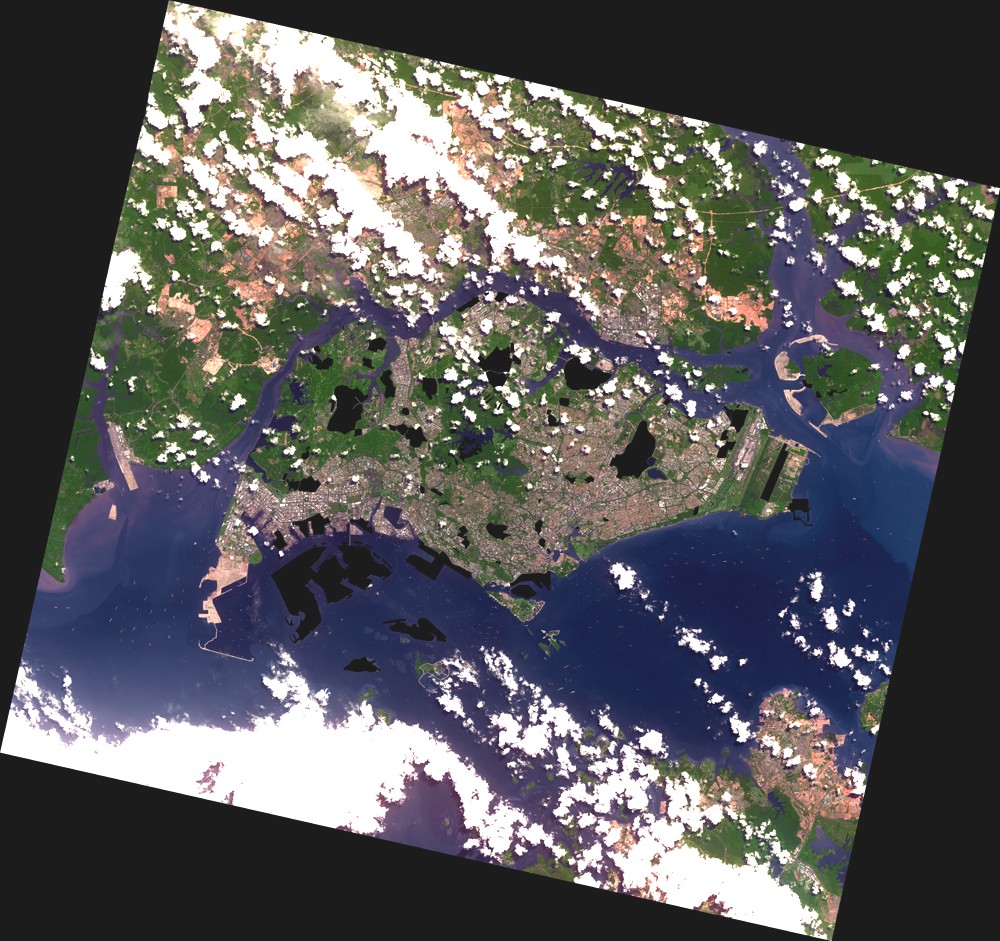2011: A Forest Odyssey
The United Nations has declared 2011 the International Year of Forests (www.un.org/forests), to raise awareness on sustainable management, conservation and sustainable development of all types of forests. This article is part of a year-long series on Singapore’s forests.
Did you know that Singapore is not just an island, but also a rainforest nation? This country’s land area includes many kinds of forests: lowland dipterocarp forest, mangroves, freshwater swamp forest, and secondary forest patches. These can be found in many parts of the mainland and on the offshore islands.
|
Know Your Forests! Primary Forest: Forest that is largely in its original state, and has never been completely cleared. Secondary Forest: Forest that has re-grown after the land was heavily disturbed or completely cleared of its original vegetation. Tropical Rainforest: Forest that occurs in the humid, ever-wet tropics. Lowland Dipterocarp Forest: A type of tropical rainforest, occuring on land at altitudes of up to 300 metres, that is dominated by trees of the Dipterocarp family. Freshwater Swamp Forest: A type of tropical rainforest that occurs on land with a high water table, and is periodically or constantly inundated by fresh water. Mangrove Forest: A type of forest occurring along the coast and river mouths, with vegetation that is adapted to seawater and tidal influences. |
Our local forests are important to us for many reasons. In our hot equatorial climate, they help to moderate our high weather temperatures, and provide shade and greenery. They perform ‘ecosystem services’ by protecting our water catchments, and provide habitats for many species of animals and plants. And we also make use of the forests for recreation, educational and research opportunities.
Beyond Singapore’s shores, forests are also very significant globally. They play a major role in sustainable development, and the forest industry is a source of economic growth and employment. In fact, more than 1.6 billion people around the world depend wholly or partially on forests for their livelihoods! Furthermore, global forest products – mainly timber – are valued internationally at around SGD 360 billion per year.
Given that forests are so important on so many levels, it may come as a shock to you that they are dwindling at a great rate. The United Nations’ Food and Agriculture Organisation estimates that, every year, 13 million hectares of the world's forests are lost.
This deforestation takes many forms, with the most common reasons being: conversion of forests to agricultural land, unsustainable harvesting of timber, unsound land management practices, and creation of human settlements. This has grave implications for us, and our fellow living beings. The World Bank estimates that forests provide habitats to about two-thirds of all species on earth, and that loss of tropical rain forests could account for biodiversity loss of as many as 100 species a day.
The good news is this: across the world, more than a billion hectares of lost and degraded forest land can actually be restored. NParks will be part of the effort to help in 2011, when governments, international organisations and community groups will be organising various activities in support of the International Year of Forests.
We will kick off the International Year of Forests with a workshop on Forests, Biodiversity and Climate Change in March 2011. Held in conjunction with the Convention on Biological Diversity and the United Nations Forum on Forests, this workshop will address government personnel in the Asia-Pacific region. Later in the year, we also plan to hold a regional training session on estimating carbon in forests. Technical officers from various governments in Southeast Asia will learn more about calculating the amount of carbon stored in forest and the underlying soils.
You, too, can take part in the International Year of Forests. Sign up for our mailing list to receive information about how you can participate in this year’s activities!
Singapore may be small – but with our rich natural heritage and our love for nature, we too can make a difference to the world’s forests.
By Dr Geoffrey Davison

In urban Singapore, the forests in our nature reserves provide great opportunities for education and recreation.

Forests are home to many plants and animals. The Banded Leaf-monkey, seen here, is the subject of a species recovery programme in Singapore's forests.

This satellite image shows the extent of Singapore’s green cover, which includes 3,347 hectares of nature reserves.

Sungei Buloh Wetland Reserve, the site of Singapore’s most well-known mangrove forest, is also protected as Singapore’s first ASEAN Heritage Park.





Have views or comments on this article? Let us know via this form. If you would like to give us feedback on any other areas relating to our parks and gardens, please submit via https://www.nparks.gov.sg/feedback